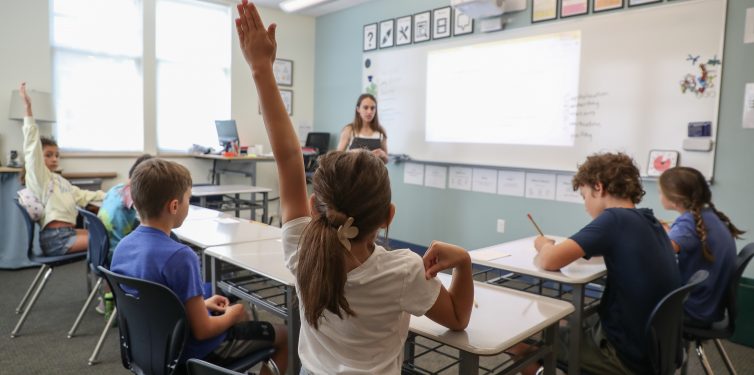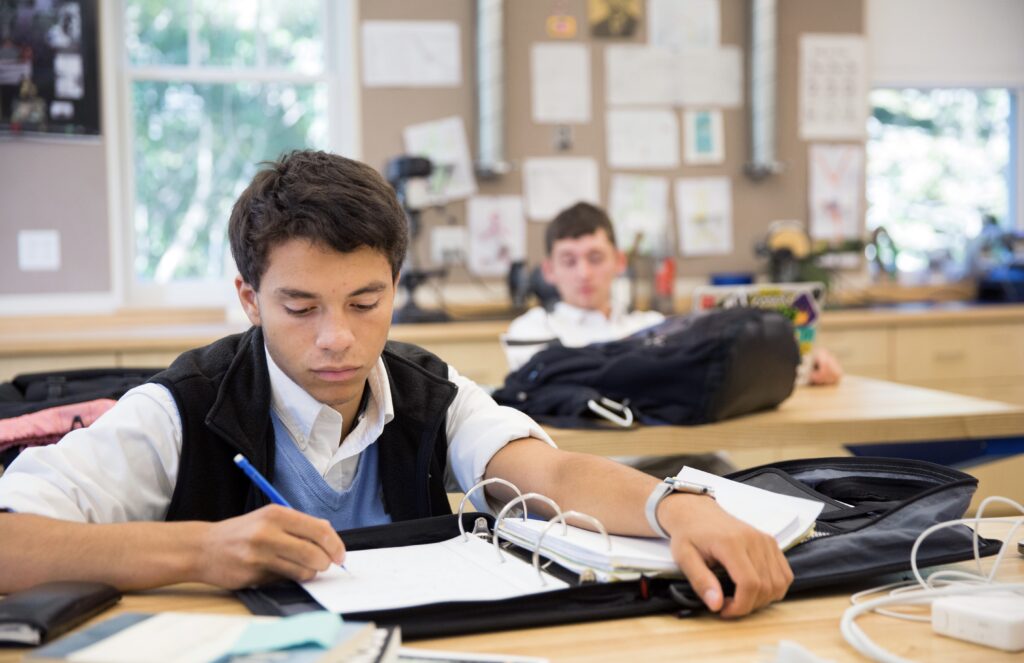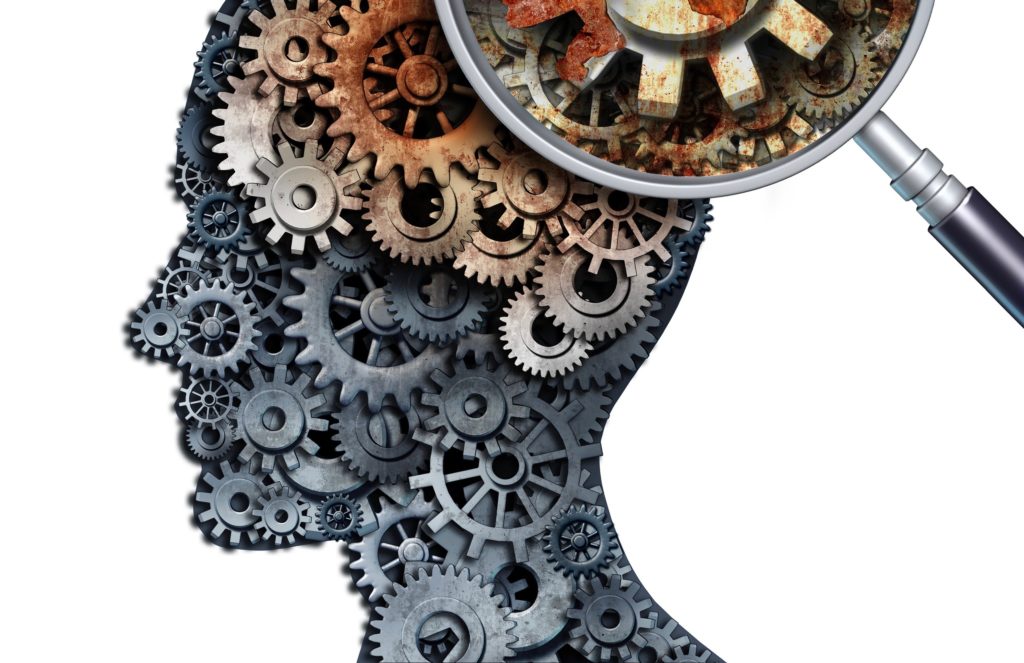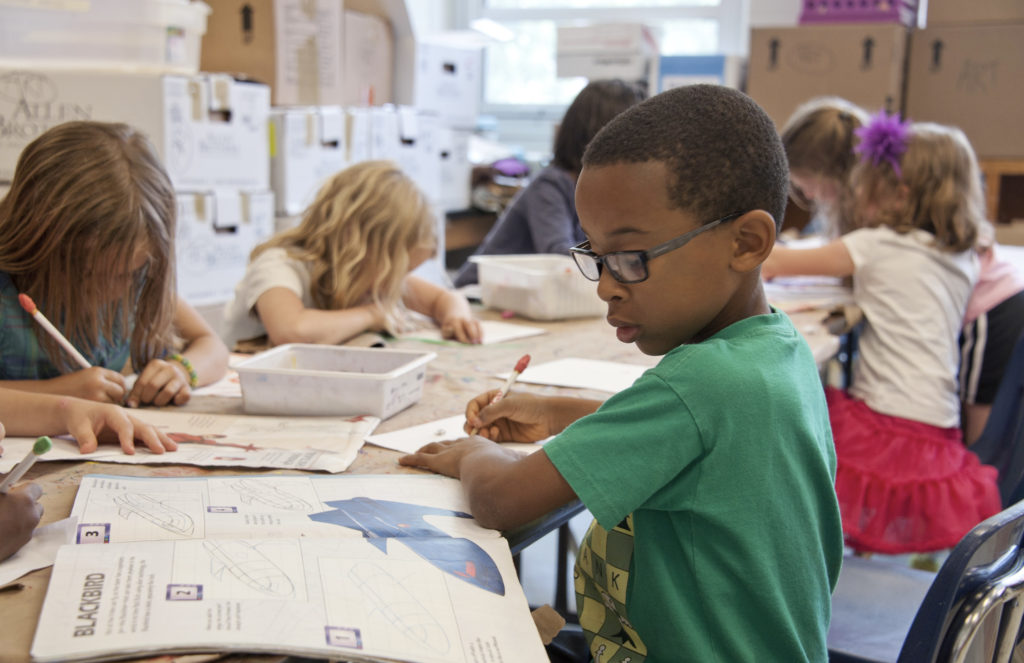The Executive Functions and Motivation
Executive functions are the skills that help us plan and achieve our goals. They include the ability to be flexible when thinking, the ability to self-monitor our behavior, to pay attention, to inhibit impulses, and to remember what we’re supposed to do and when we’re supposed to do it. Executive functioning (EF) underlies our ability to manage our time and stay organized. Developing these skills is crucial in helping students be successful in school and life. But learning the skills isn’t enough if the child lacks the motivation to put those skills into practice.
Motivation is why we do the things we do. It’s a crucial element in supporting children with learning differences as studies have shown that students with learning disabilities experience lower levels of motivation than their peers without disabilities. Feeling overwhelmed, under-challenged, or threatened can have a negative impact on motivation. When supporting students, particularly those with learning differences, it is important to consider not only if the child has the skills to produce the outcome that is expected but also the reasons to be and stay motivated.
There are at least three major components to motivation – initiation, persistence, and intensity. All of these elements require EF processes, such as cognitive flexibility, working memory, and inhibitory control, as they are essential in setting and achieving motivational goals. Students with EF weaknesses are at risk for having difficulty with motivation because they lack the skills that are crucial to becoming and staying motivated. Thus, it’s important to consider each of these areas when assessing and working with a student:
Is the student having difficulty getting started (initiation)?
Persisting with an activity (persistence)?
Or does the student have a lack of concentration and interest (intensity)?
Students who lack motivation can have difficulties in all three of these areas but analyzing whether one is more of a problem than others can provide the basis for addressing the problem.
The model that I developed to assist students with increasing motivation has three central components: aptitude (defined as a student’s current skills and abilities as well as their capacity for stronger skills and abilities in the future); pleasure (the enjoyment of one’s activities); and practice (what a student spends their time doing – and not doing). The model suggests that high motivation generally flows from the intersection of these three components; in other words, students’ motivation is highest when they feel happy to spend time on activities where their skills are strong. However, when one or more of these components is lacking, motivation typically suffers. For example, if children feel insecure about their skill level, or if they find they no longer enjoy the types of activities they did when they were young, they often feel unmotivated. In other words, poor motivation in a student is best described as a “mismatch” problem, often between their understanding of their own aptitudes, pleasures, and practices, and teacher or parent perceptions.
Aptitude
Focusing on strengths or aptitudes is important because knowing one’s areas of competence is associated with decreased stress and positive emotions, but identifying strengths sometimes takes effort. Here are some things to think about to get started:
- Use prior test data to identify areas of cognitive and academic strengths.
- Look beyond the obvious extracurricular areas such as sports for areas of strength.
- Reflect on when and where your student is happiest.
- Ask other people who know the child: What do you think are the best things about this student?
- Listen to what people say who don’t know the child very well as they often have a new perspective.
- If the child is going through a particularly rough patch and you’re having trouble coming up with ideas, look at previous sources of data – emails from teachers, report cards – for positive words that were repeated in the past.
Pleasure
It’s not enough to be naturally good at something, we also have to get pleasure doing it. Without pleasure, it’s tough to stay motivated. One of the first things I suggest to parents and teachers is to take a look at how much pleasure is happening in their own lives. It’s hard for kids to find pleasure when we ourselves make little time for it. Here are some other suggestions:
- Make sure you have households or classrooms where self-sacrifice and hard work aren’t the only things that are valued.
- Spend time with the child doing pleasurable things.
- Cultivate gratitude by keeping a gratitude journal or having time each day to say, “thank you.” Gratitude is an essential skill that is associated with many positive psychological and health benefits, such as improved sleep, decreased aggression, reduced depression, and better self-esteem. In addition, the things we are grateful for tend to be the things and relationships that give us pleasure. For kids who appear to not care about much of anything, this can be a way to break through their defenses.
Practice
Practice is often thought of as a dirty word, but it’s simply an activity that we repeat regularly. We practice cooking, making a bed, learning times tables, and riding our exercise bike. Overscheduling is the biggest impediment to practicing because many kids don’t have time to shoot hoops in the driveway or fiddle around with their dad’s bass guitar. Another impediment is extrinsically rewarding kids for doing things that should be rewarding on their own. For example, giving big rewards to children for summer reading has been shown to decrease their pleasure and practice of reading. So, we need to give kids time to practice things that are their own reward. Here are some ideas and questions to help figure out intrinsically rewarding activities:
- Ask yourself: what activities does this student return to without adult prompting?
- Talk to your students about the kinds of tasks that need a “push” (an external reward) and what that task would look like when finished.
Ask your students:
- How do you like spending your time? Is there anything you could do over and over and not get bored?
- What do you wish you had the skills to do? What kind of activities do you wish you could do?
- What do you want to learn this week/month/year in school?
- What kinds of assignments do you enjoy completing? What assignments do you absolutely hate doing?
Educators and parents should keep an open mind, and not make assumptions about students’ aptitudes, pleasures, or practices. What looks like low aptitude, might be an undiagnosed learning disability. What looks like high pleasure could be a student who is desperate to please. Helping students identify their own aptitudes, pleasures, and practices can boost their self-knowledge. Talking about pleasures, aptitudes, and practicing over time can lead to adjustments that can keep kids motivated even during difficult times.
References
Arsenio, W. F., & Loria, S. (2014). Coping with negative emotions: Connections with adolescents’ academic performance and stress. The Journal of Genetic Psychology, 175(1), 76–90. https://doi.org/10.1080/00221325.2013.806293
Braaten, E. (2023). Bright kids who couldn’t care less. Guilford.
Killeen, P. R. (1981). Incentive theory. Nebraska Symposium on Motivation, 29, 169–216.
Louick, R., & Scanlon, D. (2019). Sustained feelings of success and agency: Keys to literacy motivation among adolescents with learning disabilities. Exceptionality, 29(1), 1–15. https://doi.org/10.1080/09362835.2019.1639184
Pollack, C., Wilmot, D., Centanni, T. M., Halverson, K., Frosch, I., D’Mello, A. M., Romeo, R. R., Imhof, A., Capella, J., Wade, K., Al Dahhan, N. Z., Gabrieli, J. D. E., & Christodoulou, J. A. (2021). Anxiety, motivation, and competence in mathematics and reading for children with and without learning difficulties. Frontiers in Psychology, 12:704821. doi: 10.3389/fpsyg.2021.704821
Promberger, M., & Marteau, T. M. (2013). When do financial incentives reduce intrinsic motivation? comparing behaviors studied in psychological and economic literatures. Health psychology: official journal of the Division of Health Psychology, American Psychological Association, 32(9), 950–957. https://doi.org/10.1037/a0032727
Seyed, S., Salmani, M., Nezhad, F. M., & Noruzi, R. (2017). Self-efficacy, achievement motivation, and academic progress of students with learning disabilities: A comparison with typical students. Middle East Journal of Rehabilitation and Health, 4(2). doi: 10.5812/mejrh.44558.
Simpson, E. H., & Balsam, P. D. (2016). The behavioral neuroscience of motivation: An overview of concepts, measures, and translational applications. Current topics in behavioral neurosciences, 27, 1–12. https://doi.org/10.1007/7854_2015_402 https://doi.org/10.15123/uel.859y7



